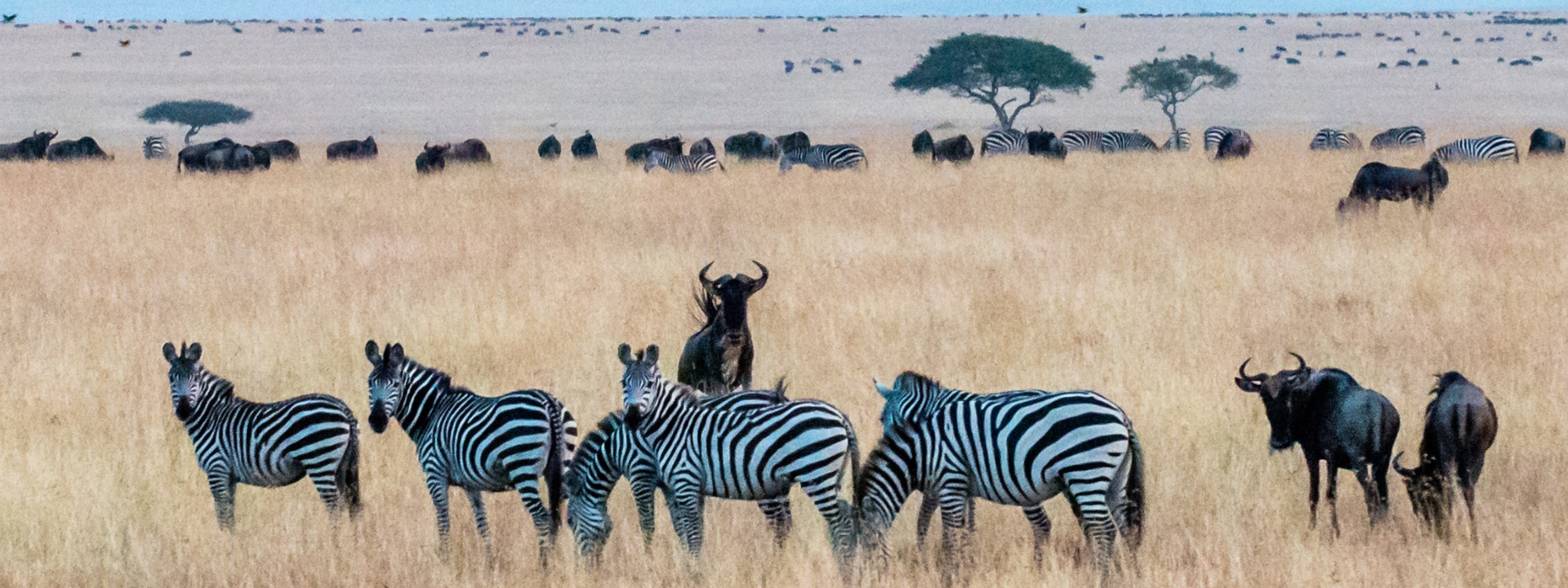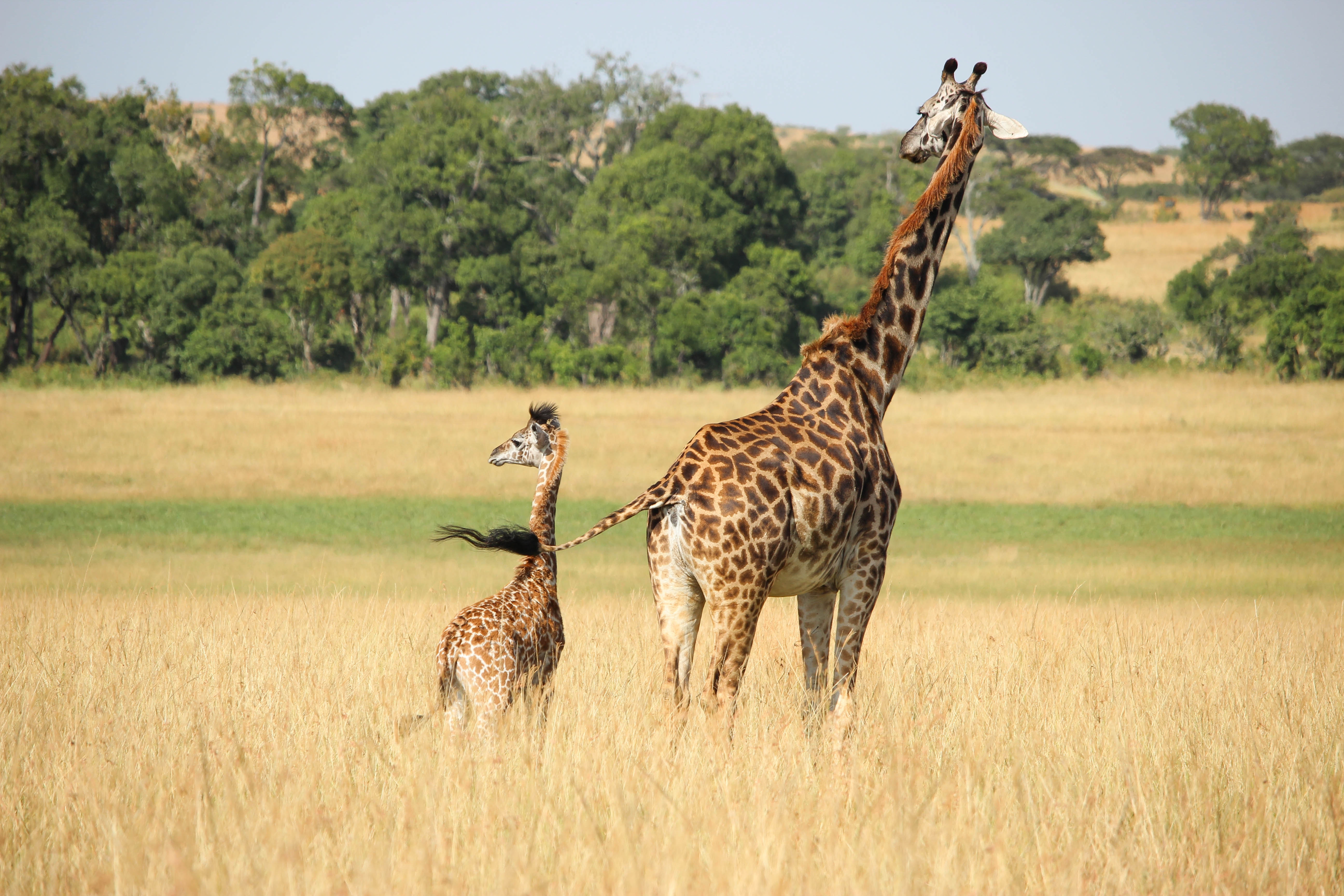
Human population growth squeezing out Serengeti wildlife, study shows
A new study published in the journal Science reveals that rapid human population growth along the edge of the Serengeti-Mara ecosystem is squeezing out wildlife and damaging the ecosystem, despite the area’s protected status.
Within 40 years, human population has increased four-fold within some park boundary areas, while populations of wild animals have plummeted by up to 75 percent.

Globally, a third of all protected areas are under intense pressure due to damaging human activities along their borders.
The Serengeti-Mara ecosystem in East Africa spans more than 40,000 square kilometers and is one of the largest protected areas in the world. It is of vital importance to some of Africa’s most iconic fauna, including vast herds of grazing herbivores such as wildebeest, zebra and gazelle, which rely on large-scale migrations to survive.
“As human populations have grown and crept closer to the protected area boundaries, the animals have been squeezed into the core areas, altering fire regimes, vegetation types and favouring less palatable plants, and altering the nutrient cycle.”
– Colin Beale, co-author
The study found that heavy livestock grazing along border areas – often illegally within protected area boundaries – is depleting the forage for wild herbivores and reducing the frequency of natural fires. Without fires, the vegetation cannot regenerate as well and the soil is stripped of nutrients and becomes less able to sequester carbon.
To escape from human encroachment, animals are increasingly concentrating within the core of the Serengeti-Mara area, increasing the strain on the ecosystem and the competition between species.

